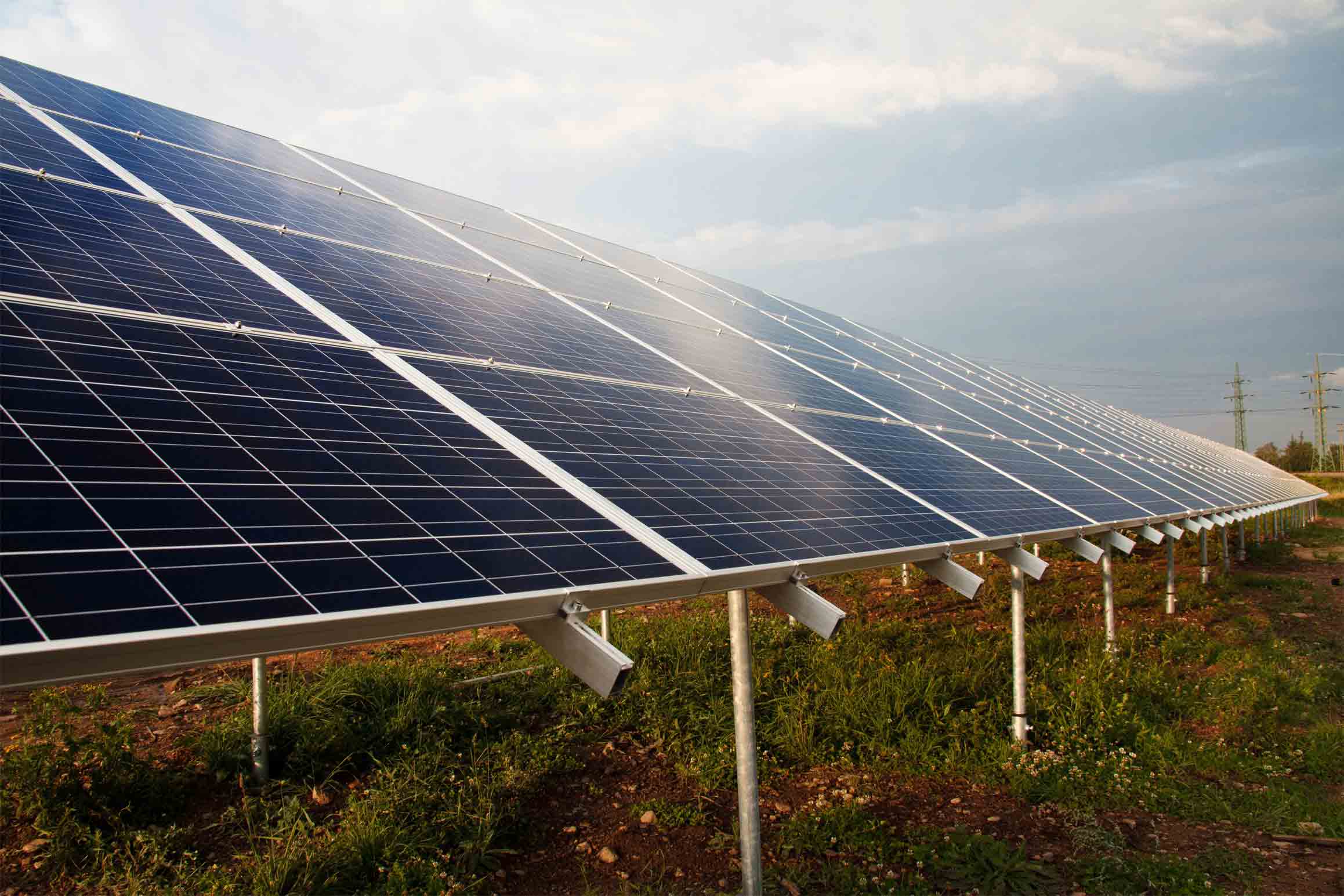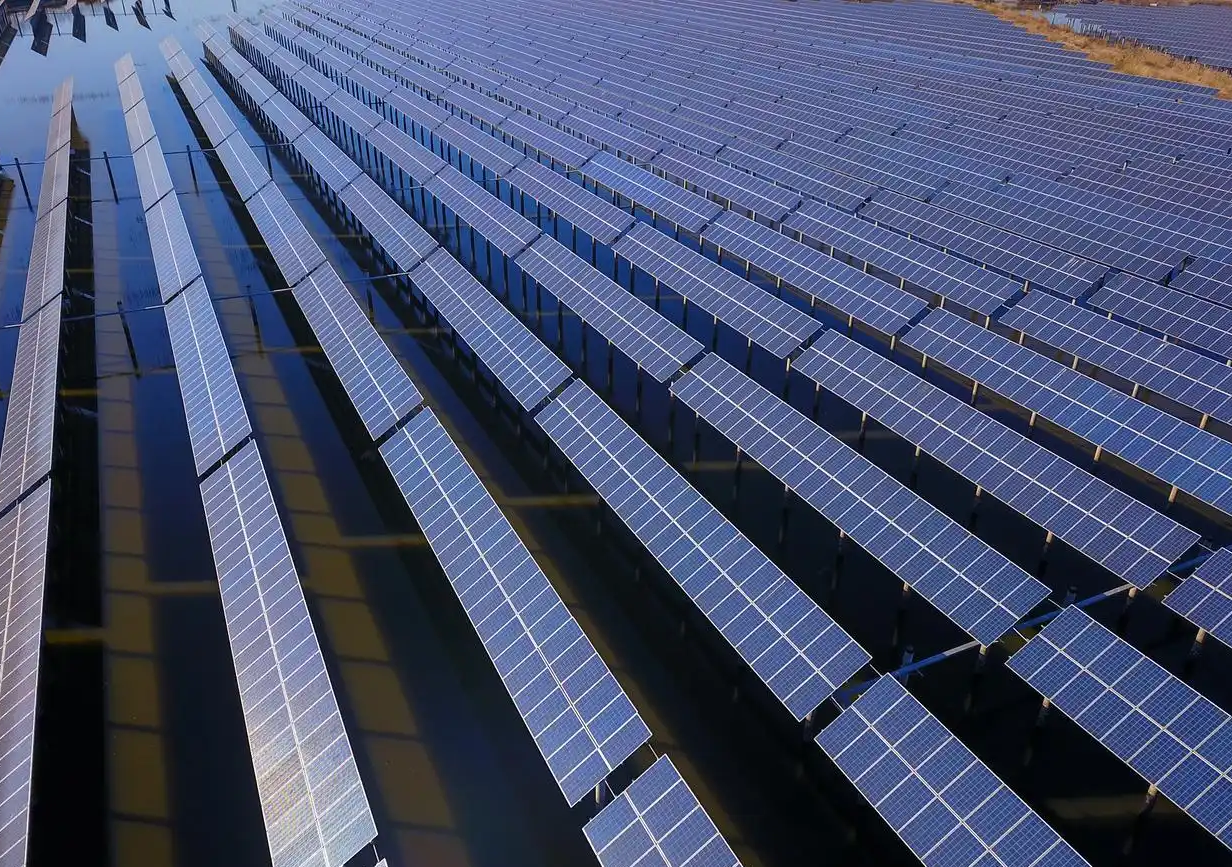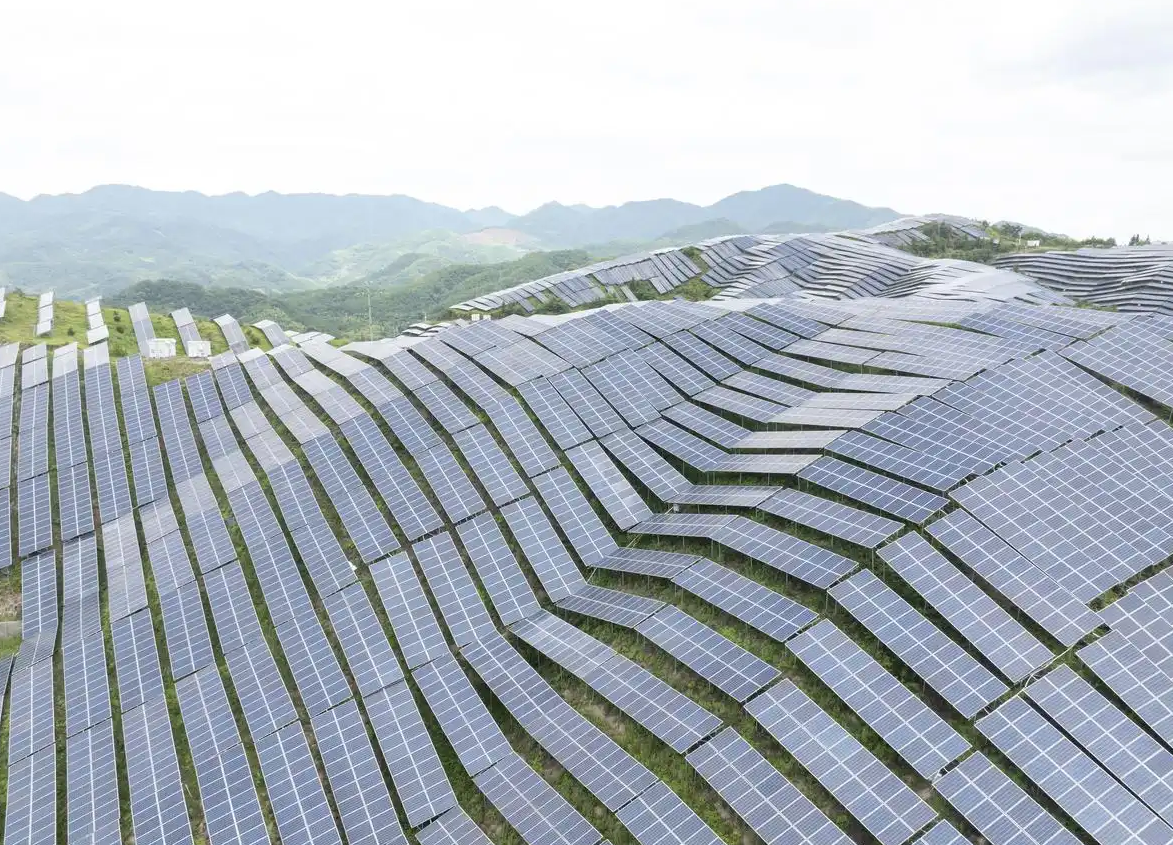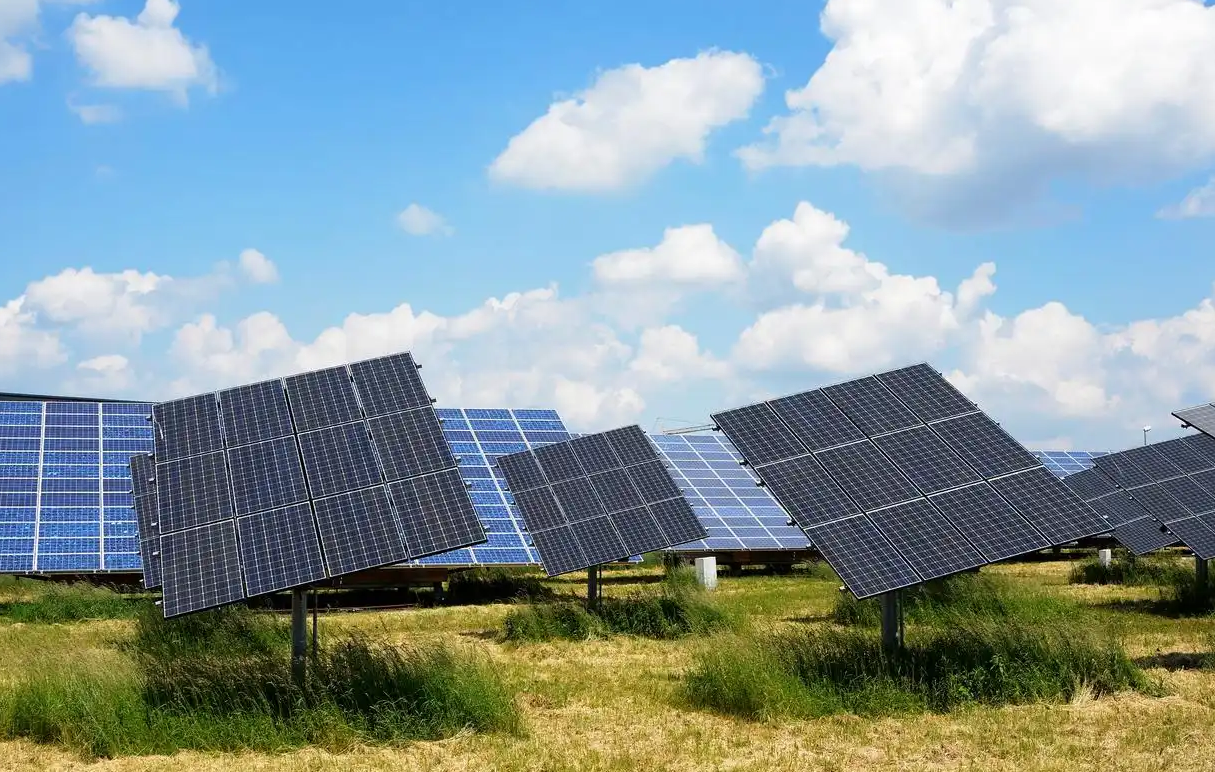Solar energy has become an important driving force for global energy transformation. Recently, the European Photovoltaic Industry Association released the “Global Solar Energy Market Outlook 2025-2029″ report, pointing out that 2024 is a milestone year for the development of the global solar energy industry. The scale of new solar power generation accounts for 80% of the global new renewable energy power generation. China is an important force in promoting the development of the global solar energy industry. However, in the future, the global solar energy industry cannot rely on China alone to achieve steady growth, but also requires the joint efforts of countries around the world.
China’s new installed capacity accounts for more than half
Statistics from the European Photovoltaic Industry Association show that last year, the global solar power generation installation scale reached nearly 600 gigawatts, an increase of 33% over the previous year, accounting for more than 80% of the global new renewable energy power generation; the proportion of power generation rose to 7%, doubling in 3 years, the fastest growth among all power generation technologies.
The European Photovoltaic Industry Association pointed out that in 2024, the top ten photovoltaic markets will account for more than 80% of the global new solar power generation installed capacity. Among them, China’s new installed capacity accounts for 55%, exceeding the total of the other top 9 markets. From the perspective of global decarbonization, the growth of China’s solar installations is a major achievement, and China has enabled solar technology to develop rapidly around the world.
Wang Bohua, honorary chairman of the China Photovoltaic Industry Association, said that in 2024, China’s cell and module exports will grow. The export scale of silicon wafers, cells and modules reached 60.9 GW, 57.5 GW and 238.8 GW respectively. Last year, China’s photovoltaic exports to 23 countries increased by more than 10 million US dollars, and the growth rate of module exports to 33 countries exceeded 100%.
The European Photovoltaic Industry Association predicts that in 2025, the global photovoltaic installed capacity will reach 655 GW, which will increase by 10% year-on-year under the neutral forecast. Although the growth rate is slowing, it is still considerable. Looking ahead, solar energy must face challenges to continue to realize its potential. Although the market is expected to continue to grow, the growth rate will slow down after the explosive expansion in recent years. In 2026, the growth of the global solar market seems likely to decline temporarily.
Emerging markets have promising prospects
The European Photovoltaic Industry Association predicts that this year, China will continue to drive the growth of the global solar market. However, this also highlights the current heavy reliance of the global solar industry on a single country. In the future, more countries will need to work together. For example, the failure of EU member states to effectively implement a unified policy framework has also dragged down the development of the solar industry. In addition, although the number of countries with gigawatt-level solar markets has increased to 35, it is still less than expected.
The Global Solar Council believes that a series of work is needed to maintain the growth momentum of the global solar market. More advanced markets should focus on improving grid flexibility, adjusting policy frameworks according to the development of renewable energy, giving priority to energy storage, and simplifying the licensing and grid connection process. For less developed countries, the key is to bridge the investment gap, and cultivating manufacturing companies and industrial chains is a basic task.
Vineet Mittal, chairman of the Indian renewable energy company Avaada Group, said that the focus of the global photovoltaic industry has shifted to emerging markets in the Middle East, Africa and other regions.
The Washington Post wrote that in recent years, in addition to the traditional solar market, Chinese solar companies are building new hubs to transport products through third countries to maintain the normal flow of photovoltaic products and market activity. China’s manufacturing industry is becoming increasingly globalized. It has built many overseas projects in the fields of photovoltaics, electric vehicles and batteries, made large-scale investments, and opened up new markets.
Multiple countries compete for the solar energy industry chain
Against the above background, more and more countries are trying to attract investment and build local industrial chains. Chinese companies are also actively integrating into the construction of the global solar energy market, helping the development of solar energy industries and markets in other countries.
Take India as an example. India has set a goal of more than 500 GW of non-fossil energy installed capacity by 2030, and the realization of this goal will largely rely on solar energy. However, the demand in the Indian solar energy market needs to be met by importing a large number of solar products. In order to achieve sustainable development, strengthening local manufacturing has become one of the goals of the development of India’s solar energy industry.
As a global brand with 15 years of experience in the photovoltaic industry, Multifit’s product strategy has kept pace with the continuous changes and upgrades in users’ demands for photovoltaic power stations. It continues to lead the photovoltaic industry with technological innovation, allowing users to enjoy a clean, green and convenient life and providing more complete photovoltaic power generation solutions.
Post time: May-22-2025





